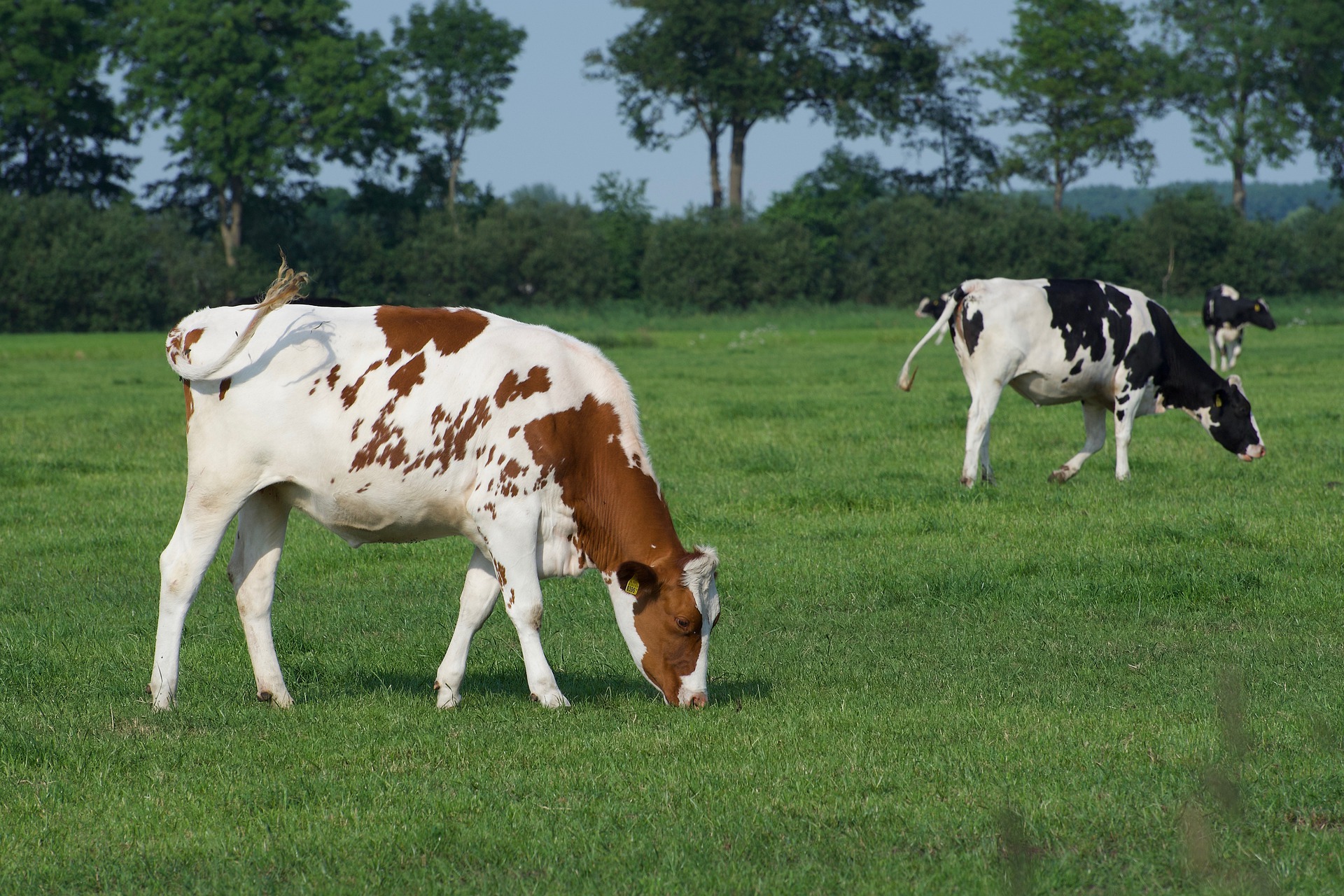
Why Grass-Fed, Pastured and Wild Are Better
Before I started down the path to healing from autoimmune disease, I never thought a whole lot about where meat came from. The supermarket, right?
Of course, I was somewhat aware of industrial farms and the poor treatment of animals in feedlots. I definitely didn’t like that, but if I was going to eat meat, I didn’t think there was much I could do about it. My previous solution was to just eat less meat.
What I didn’t know was that the meat coming from these factory-farms was not only harmful for the animals, it was harmful to ME!
I am sorry to admit that I didn’t pay attention until I was personally affected, but that is the way it is. I’m probably not a lot different than most people, I suspect. We have all become far removed from the sources of our food.
Now that I know that grass-fed, pastured, and wild meats are better, I want to share what I have learned.
Much of the animal and fish proteins available in supermarkets come from factory-farms or concentrated animal feeding operations (CAFOs). Why? Because raising animals this way is cheap and increases profits for the growers.
I’ve never actually been to a CAFO, but from what I have read, here’s the gist: Animals (and fish) are raised in concentrated areas, fed grains because grains are cheap and fatten the animals (more profit!), and given hormones to make the animals bigger, treated with antibiotics because the animals get sick a lot from the poor diet, close proximity and also because antibiotics help fatten the animals (again, profit). Often, the meat is treated with more antibiotics to increase its shelf-life. It may also be treated with dyes to give it a more pleasing colour.
All this is to increase profit, not for your better health.
How does factory-farmed animal protein hurt us?
-
Damage to the microbiome: Grain feeding is generally with GMO feed, which has gut bacteria-killing pesticides built right into the seed. When our gut bacteria is not healthy, WE are not healthy. Antibiotics used on animals get transferred to us through the meat, also negatively affecting our microbiome.
-
Exposure to toxins in fat: The hormones and toxins the animals are exposed to get stored in their fat and then ingested by us. Obviously, hormones and toxins are not healthy for us and put an extra burden on the body.
-
Poor quality fats: We need fats, but fats from CAFOs are higher in poor quality omega-6 fats, which is the opposite of what we need in our diets. The optimal ratio of omega-6 to omega-3 fats is between 1:1 and 4:1. For the person consuming a typical Western diet and CAFO meats, it more likely falls between 10:1 and 25:1, largely due to higher levels of grains in the diet and also the meat and dairy of grain-fed animals.
-
Depletion of topsoil and soil nutrients: This is both from animals being in such close proximity and from the grains that are grown to feed them.
-
Leaching of pesticides and fertilizers into rivers, lakes, oceans, and other crops.
Why are grass-fed, pastured, and wild better?
-
Better for gut health: Fewer toxins and antibiotics.
-
More energy: The body does not have to work so hard at eliminating toxins.
-
Low E. coli contamination: Grass-fed meat has a very low E. Coli contamination compared with grain-fed meat. This is better for us and also for other crops grown near CAFO’s (ever wonder how spinach can get contaminated with E. coli?)
-
More nutrient-dense: grass-fed and pasture-raised meats tend to be much higher in many vitamins and minerals.
-
Healthier fats: Fats in grass-fed animals have fewer toxins and are also a good source of omega-3 fats, while grain-fed animals have almost no omega-3 fats.
-
Less exposure to molds: Grain contains molds which can get stored in the animal meat and then ingested by us.
-
Happier animals: If you were an animal, wouldn’t you rather be eating what you were meant to eat in the great outdoors?
-
Better colour, flavour, and longer storage life: This is actually noticeable!
-
Promote small farming rather than factory-farming: Small farming has nearly died out because small farmers can’t compete with the big industrial farms.

What to look for when purchasing meats, poultry, and seafood:
-
Beef, Bison, and lamb: Grass-fed AND grass-finished (some farmers feed animals grain at the end of their lives to fatten them and make them more profitable).
-
Pork, chicken, and turkey: Pasture-raised with no antibiotics or hormones.
-
Game, fish, and seafood: wild
It is my hope that as more people are aware that grass-fed, pastured, and wild are better for their health, the increasing demand for these products will increase availability and lower prices.
Once again, what is good for our health is also good for the health of the planet. 😀
A great way to help improve your health is choosing to create peace and calm while you are eating. HOW you eat can be as important as WHAT you eat. I have a great resource for you to implement TODAY to help you become empowered in your health. Click on the image below to receive it.
Get started with lowering pain and inflammation with my free Relief with Peace Audio Bundle


